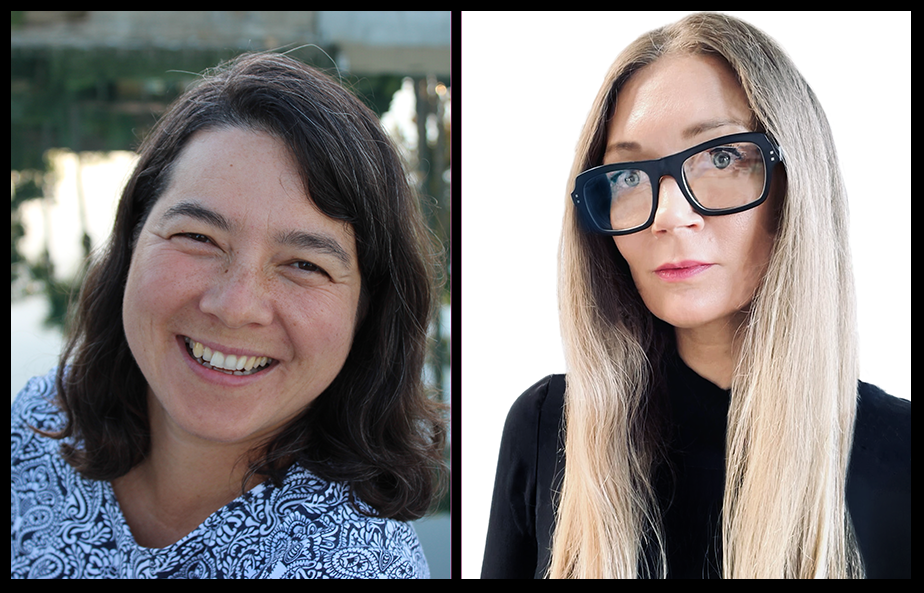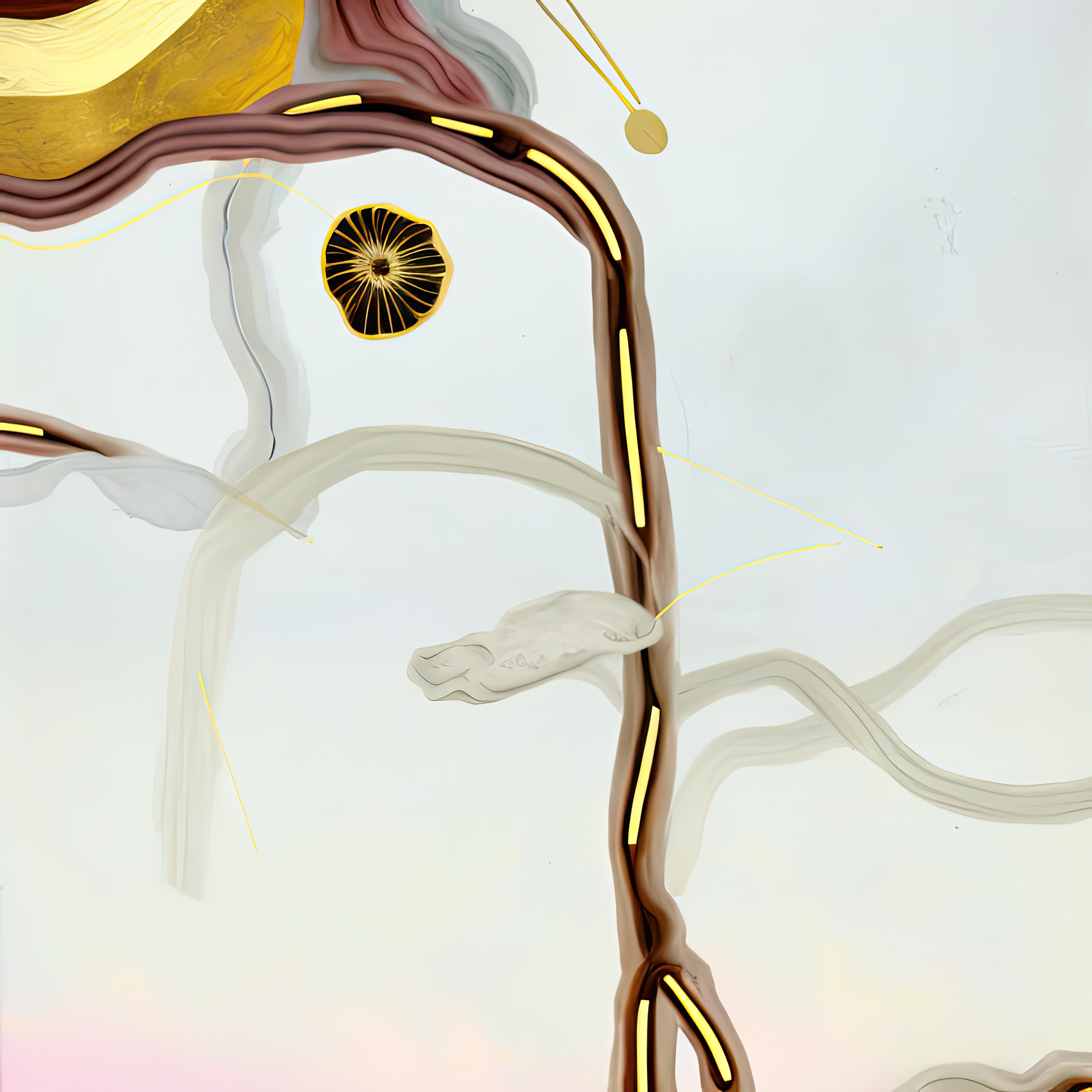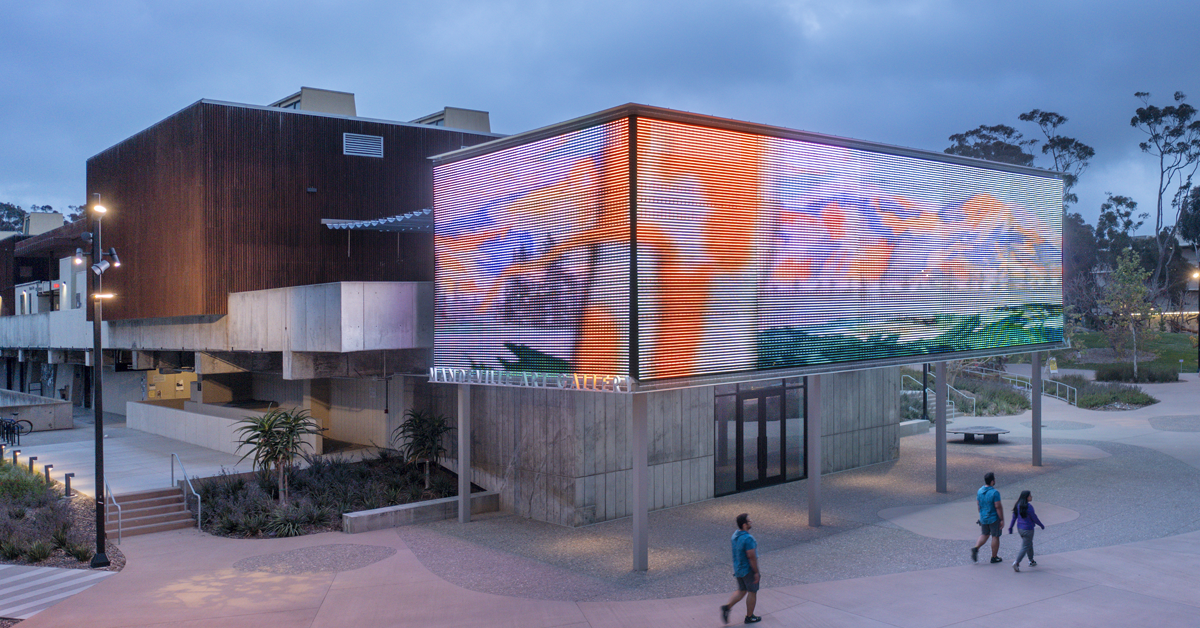Simons Foundation Funds Research on Symmetries Between Art and Science at Mandeville Art Gallery
Story by:
Published Date
Story by:
Topics covered:
Share This:
Article Content
Can you witness cognition in motion? Do human consciousness and artificial intelligence (AI) share common ground? These questions and more will be investigated over the next seven months by UC San Diego cognitive neuroscientist Ying Choon Wu and artist Rhonda Holberton in partnership with Mandeville Art Gallery Director and Chief Curator Ceci Moss.
This unique research project is made possible through the Open Interval Program, led by the Simons Foundation’s Science, Society & Culture division. Wu, Holberton and Moss were selected from a highly competitive pool of applicants based on their unique contributions to their respective fields, their authentic interest in collaborating across disciplines and their passionate engagement with symmetry. The Open Interval program will run from June through December 2025, with each participating team receiving $30,000 in support.
The program is designed to support a dedicated period of thought partnership and exploration between artists and scientists, facilitated by curators and arts producers who are passionate about the intersection of art and science. This year, the theme that will guide the inquiries is “symmetry.”
“This project represents the unique intersections that exist between research in the arts and sciences at UC San Diego,” said School of Arts and Humanities Dean Cristina Della Coletta. “Funding from the Simons Foundation affirms the significance of pairing creative speculation with empirical inquiry to better understand the intangibles of memory, emotion and consciousness—qualities that make us human.”
The ultimate goal of the Open Interval Program is to create space for artists and scientists to expand their thinking together. Wu is fascinated by how brain states shape computational creativity and seeks to better understand aesthetic engagement. Holberton blurs the boundaries between biology and technology by merging data, sensory experiences and material exploration in her immersive narratives. Together with the Mandeville Art Gallery, they will explore the symmetries of their connected curiosities.
“We are thrilled to receive funding from the Simons Foundation, which allows us to engage an artist and a scientist who share a passion for asking big questions,” said Mandeville Art Gallery Director and Chief Curator Ceci Moss. “The Simons Foundation’s Open Interval grant prioritizes exploration over fixed outcomes and expands how both artists and scientists think and conduct research. I’m thrilled the gallery will be the presenting arts organization for this cutting-edge work.”
Creating a bridge between memory and imagination
“This installation represents the unique intersections that exist between research in the arts and sciences at UC San Diego.”
Both Wu and Holberton are captivated by the intersections of art and science. Wu, who directs UC San Diego’s Insight Lab in the Institute for Neural Computation, conducts research using electroencephalography (EEG) and other mobile brain-body methods to study higher order cognition at the intersection of mind, brain and body. She is particularly interested in cognitive responses to art, especially during live performances.
Holberton explores the interconnection between technology, the environment and the body. Her art examines the symmetries between human consciousness and AI, while at the same time reflecting on the stark asymmetry in the energy required by human brains versus digital computation systems.
Both are eager to discover what outcomes may arise when they pair their passions in this new research project. “This collaboration has the potential to expand our understanding of the cognitive and emotional dimensions of human-machine co-creation,” said Wu.
Holberton added, “This program offers a timely opportunity to extend investigations, focusing on how the philosophical and material dimensions of AI—and its evolution toward quantum computing—might recalibrate our relationship with the planet.”
In addition to advancing knowledge on the connections between AI and human cognition through their research in the Open Interval Program, Wu and Holberton will produce an installation that will be presented as part of a group exhibition called “Omni Intelligent,” opening at Mandeville Art Gallery in Fall 2025. The commissioned work will explore the intertwined and interdependent relationships between non-human and human entities as AI becomes an integrated part of contemporary life.

While still in the development phase, Wu and Holberton have some ideas for how audiences may interact with the immersive work. Participants will be recorded using EEG while they recall a personal memory tied to scent. Next, they will be asked to speculate about the future, guided by an AI-generated narrative to prompt an imaginary vision. EEG data will be analyzed to differentiate between brain activity prompted by the scent-based recollections versus the future-oriented imaginings.
These cognitive states will be transformed into large-scale, dynamic scenes portrayed on the gallery’s wraparound LED mesh video screen. The artist-scientist team envisions visuals that resemble fluid, surreal terrains reflecting the participant’s memories and future visions. “We’re creating a bridge between memory and imagination,” explained Holberton.
And while designed to be visually striking, the installation is intended to stir reflection on environmental impacts of technology. “AI is not neutral. It’s made from mined materials, powered by water and electricity and trained on culturally embedded data. At the same time, it has the potential to open radically new ways of seeing, thinking and feeling. Through this work, I want to highlight that duality,” said Holberton.
According to Moss, this work represents a departure from anthropocentrism towards a more continuous understanding of intelligence, existence and the self. This kind of artistic study aligns with the mission of the Mandeville Art Gallery, which presents transformative contemporary art that forges pathways to social change.
“The multilayered relay between AI and human cognition within this piece offers a nuanced reflection on the politics of perception and prediction amid the evolving entanglements between humans and technology,” explained Moss.
For nearly six decades, the gallery has been a longstanding fixture at UC San Diego as an experimental institute for transformative contemporary art. Led by the Department of Visual Arts, part of the School of Arts and Humanities, it also functions as a “teaching gallery” and laboratory for the 21st century, promoting technologically innovative, democratic, accessible, equitable and socially engaged means of artistic production and presentation. Learn more about the Mandeville Art Gallery and upcoming exhibitions.

Rea Reraen, 2023, Digital Animation (still), 0:02:46 by Rhonda Holberton.
Topics covered:
Share This:
You May Also Like
Engineers Take a Closer Look at How a Plant Virus Primes the Immune System to Fight Cancer
Technology & EngineeringStay in the Know
Keep up with all the latest from UC San Diego. Subscribe to the newsletter today.




